Why was the Great Wall of China built?More Than Just a Barrier
A lot of people traveling to Beijing go to the Great Wall, such as Mutianyu, Badaling and other Great Walls. Many people and media often refer to the Great Wall as a barrier created by our ancient ancestors to defend against nomadic tribes. In reality, the Great Wall serves a purpose beyond defense. Its true purpose in ancient China was to function as a comprehensive military base.
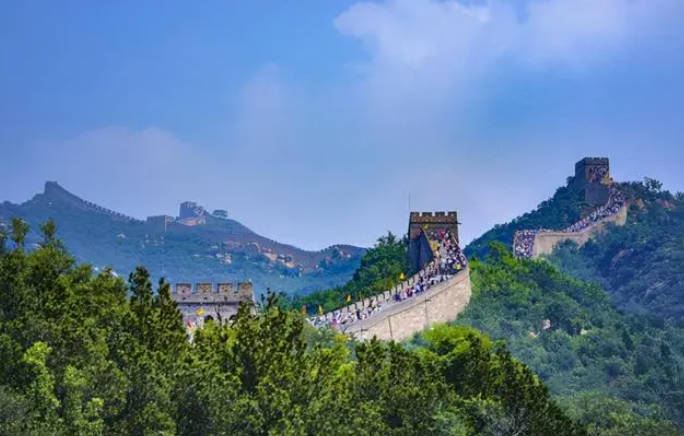
The Role of the Great Wall
First and foremost, we need to understand that the Great Wall wasn’t solely built by Emperor Qin Shi Huang; records of building walls date back to the Spring and Autumn period. The earliest Great Wall was indeed constructed as a defensive structure because it was built with local materials, following the natural terrain. Some sections were made of stone, while others were simple earth mounds. These early walls served as basic defense barriers, offering limited protection against the cavalry attacks of nomadic tribes.
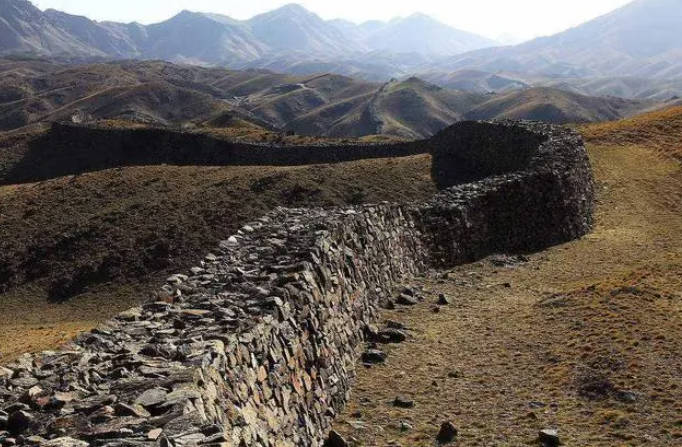
As time passed, the Great Wall became more grand and sophisticated, with its purpose evolving. The well-known Great Wall we recognize today was constructed during the Ming Dynasty. This was done to defend against Mongol incursions from the north, resulting in the iconic, fortress-like appearance of the Wall.
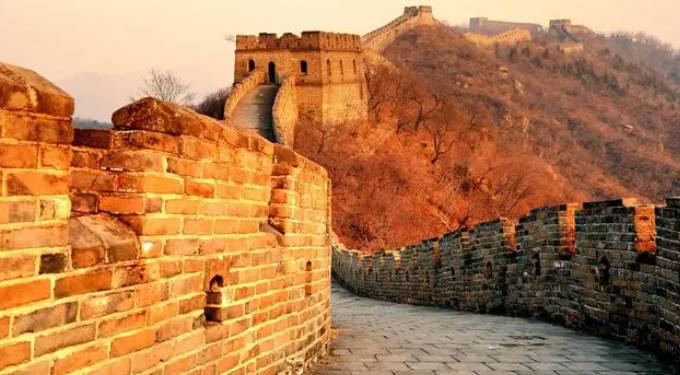
This extended Great Wall included walls, watchtowers, and posts, making it a comprehensive military base spanning northern China. It could store provisions, facilitate troop movements, and relay messages. When the northern nomadic tribes were strong, the wall helped the farming communities in the south hold their ground. When the southern farming communities were powerful, the Great Wall served as a logistical base, allowing soldiers to venture out for battle while a constant supply of provisions flowed from the Wall. Due to its inherent defensive nature, farming communities did not have to worry about their own food supply being destroyed or plundered by invaders.
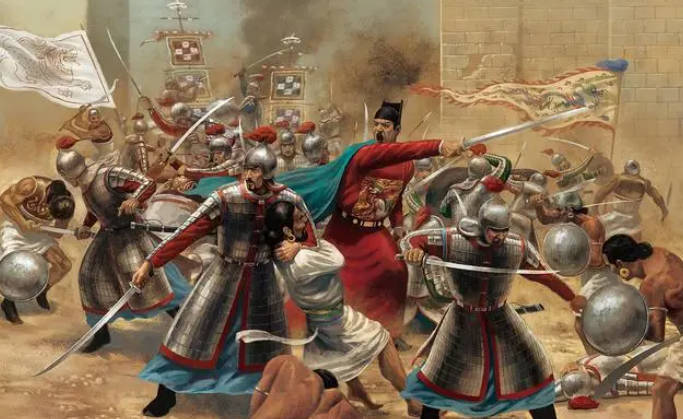
The use of beacon towers on the Great Wall dates back to the Western Zhou period. We’ve all heard the story of King You of Zhou using beacons to summon his vassals. While this story criticizes King You, it indirectly highlights the crucial role of beacon towers in transmitting military information.
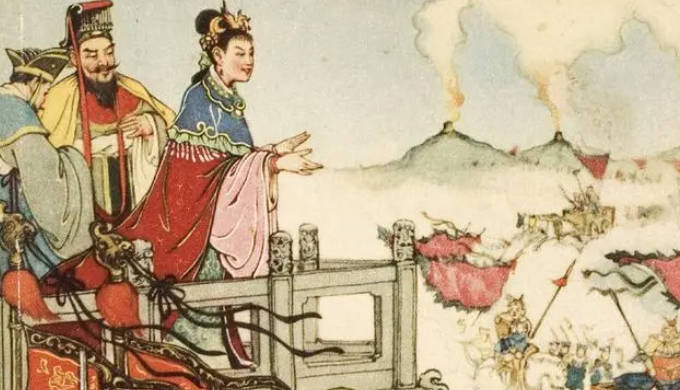
The Cost-effectiveness of the Great Wall
So, the Great Wall was a comprehensive military base that was both easily defensible and allowed for quick dissemination of information when enemies attacked. Such facilities were integral to ancient defense, and the longevity of structures like the Great Wall meant that they did not require extensive maintenance. Therefore, constructing a section of the Great Wall could serve for centuries, making it highly cost-effective.
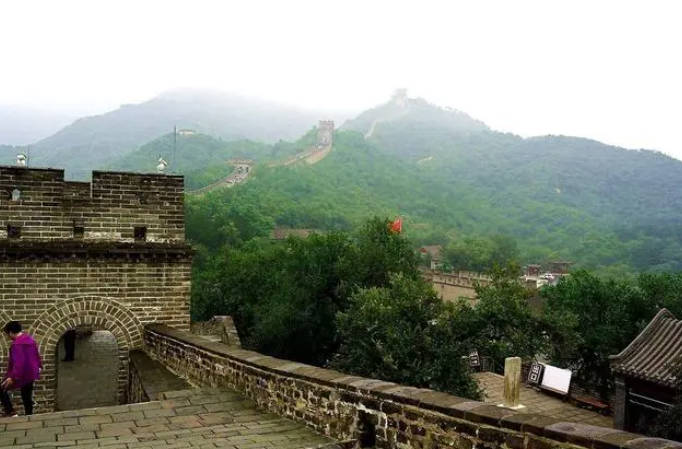
For instance, during the Qin Dynasty, people often complained about the harsh rule of Emperor Qin Shi Huang, and they often pointed to the construction of the Great Wall as one of their grievances. However, in the Han Dynasty, when the Great Wall was still being maintained, no one accused Han emperors of being overly oppressive. Compared to mobilizing large armies to guard the northern borders, building and maintaining the Great Wall was indeed a more economical option. It’s worth noting that when Emperor Qin Shi Huang established the Qin Dynasty, the state’s power was relatively weak, making the construction of the Great Wall burdensome for the populace.
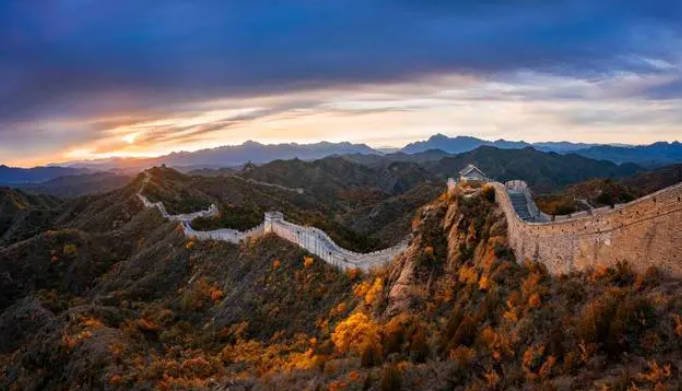
The Great Wall in Modern Eyes
For us modern individuals, the Great Wall remains a vital historical resource. It was constructed from the Spring and Autumn period through the Qing Dynasty, with each successive dynasty adding to its length. Even after the Jin Dynasty entered Chinese territory and adopted Han culture, they began constructing walls like those of the Central Plains. By studying the history of Great Wall construction, we can gain valuable insights into various aspects of ancient history from the traces it left behind.